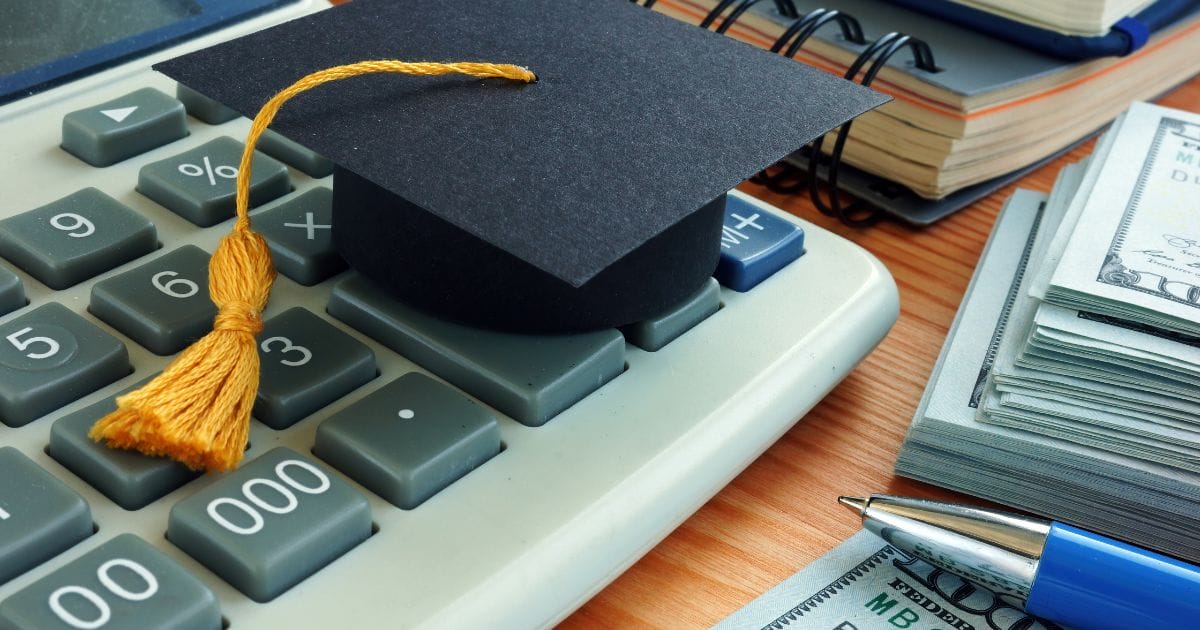Woodstock Institute is helping Illinois student borrowers prepare as student forbearance period ends tomorrow
The end of the student loan forbearance period will be a financial setback for the estimated 1.5 million Illinois student borrowers that were eligible for the Biden Administration’s one-time student debt relief program that would’ve canceled up to $20K per borrower. Of these borrowers, representing roughly 12% of Illinois’ population, 1.044 million applied or were deemed automatically eligible for relief in one of the highest response rates in the nation. The Department of Education was able to approve 679k Illinois applicants before the program was blocked by lawsuits seeking to deny relief.
Student loan interest will begin to accrue on September 1st, and payments will be due starting in October. As missing monthly payments open up borrowers to the risk of delinquency, default, or decrease to their credit scores, it’s crucial that borrowers start making room in their budgets for student loan payments now.
The average Illinois student borrower has $37k in student debt, the seventh-highest in the nation. Black graduates will be impacted the most because they owe, on average, $25k more than their white counterparts and are more likely to have taken out loans.
“Canceling up to $20k for student borrowers making under $125K would’ve been an important first step to begin closing the racial wealth gap,” said Woodstock Institute President and CEO, Horacio Méndez. “Advocates have been pushed into a corner by the Supreme Court’s decision, and, unfortunately, the best thing we can do right now is help low-income Black and Brown borrowers be as financially prepared as possible to resume making student loan payments.”
“The forbearance period helped our family have more money to support me during my pregnancy and the first year or so of our son’s life including prenatal care, baby food and supplies, groceries, as well as home repair and furnishings,” said student loan borrower Cairá Conner-Ware. “Without the relief, we will have a lower quality of life and increased stress having to manage our funds. This is especially important given we are back commuting to work, our son is in daycare, and our living costs have increased with the return to work and inflation.”
How Borrowers Can Prepare
To prepare, borrowers need to update their contact info in their Federal Student Aid account and their loan servicer account. Borrowers who don’t know their servicer can find that information in their Federal Student Aid account. They should review the status of their loans and whether they are already enrolled in a payment plan.
Student loan holders will not be enrolled in these plans automatically. Applications to enroll in income-driven repayment (IDR) plans on the Federal Student Aid site are open now. It’s crucial that borrowers thoroughly review all repayment options as there are a variety of payment plans and even potential forgiveness programs that are still available.
The Biden-Harris Administration has made significant reforms to these programs to help soften the financial blow. This includes an overhaul of IDR payment plans that are pegged to a borrower’s income. StudentAid.gov’s Loan Simulator is a great starting point for determining the best repayment options for individual borrowers.
One new repayment plan that borrowers should consider is the Saving on a Valuable Education (SAVE) repayment plan, which replaces the REPAYE Plan and ensures that:
- Any borrower making under 225% of the federal poverty line ($32,800 for a single borrower) will see their monthly payment reduced to $0.
- Starting in July 2024, borrowers on this plan will see their monthly payments on undergraduate loans cut in half from 10% to 5% of their discretionary income.
- As long as monthly payments are made, your overall loan balance will not grow due to accumulating interest.
All IDR plans provide that after 20 or 25 years of repayment, any additional debt will be forgiven.
Additionally, borrowers in default should review the Fresh Start program, which provides benefits to help get out of default. Borrowers must sign up before August 31, 2024 to access this initiative.
Illinois student debtors looking for additional ways to prepare for this impending financial hit can visit WeProsperIL.org. The WeProsper Resource Guide has more details on student loan repayment options and information on various ways for impacted borrowers to meet their financial needs by either lowering their bills, getting access to additional income, and/or accessing low-cost, safe forms of cash.






